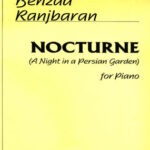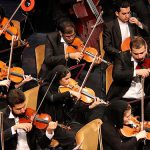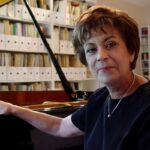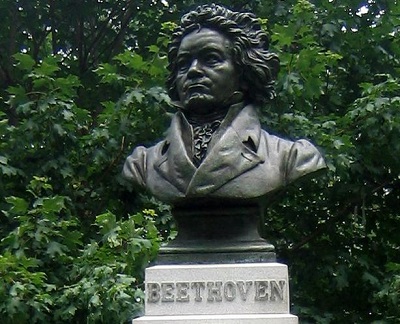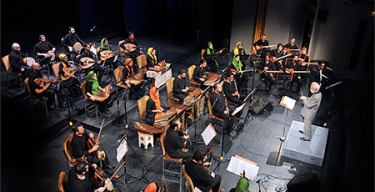
Developments in Composing
Along with developments in the Iranian instruments, composition of the Iranian pieces developed as well. As a matter of fact, the developments of the two, mutually affected each other. In other words, instrumental developments led to developments in composition and vice versa.
A type of Iranian music which is categorised as classical music by contemporary ethnomusicologists was performed as unison music. It was only during the accompaniment of a plucked string instrument with a bowed string instrument when some kind of heterophony could be experienced. However, with the advent of notation and, immediately after that, with the emergence/recognition of the individuality of the composer, another type of composing also emerged, i.e. polyphonic music.
Iranian composers adopted three different approaches to polyphony:
1- Employing Western polyphonic techniques while meticulously copying all their details,
2- Employing some of the Western polyphonic techniques which were more compatible with the Iranian music, and finally,
3- Adopting a new approach to polyphony based on the Iranian music characteristics.
The first category consisted of musicians who were Western classical music graduates. The majority of them were not familiar with techniques other than those of the polyphonic classical music. Moreover, they did not have a rich knowledge of the Iranian music which would allow them to make new polyphonic suggestions for the Iranian music intervals.
Composers who fall under the second category did not believe in alienation of Iranian music and Western music from each other. Therefore, by modifying, moderating and selecting polyphonic techniques of the Western music for the Iranian music they adopted an approach which was more faithful to the Iranian music compared to the first approach.
Composers who were associated with the third approach abandoned the use of the polyphonic techniques of the Western classical music as they considered them absolutely inappropriate for the Iranian music. Consequently, they drew on different approaches to create a context which was specific to the Iranian music.
It is worth mentioning that the second approach is more prevalent among the Iranian composers nowadays.
translated by Mahboube Khalvati

